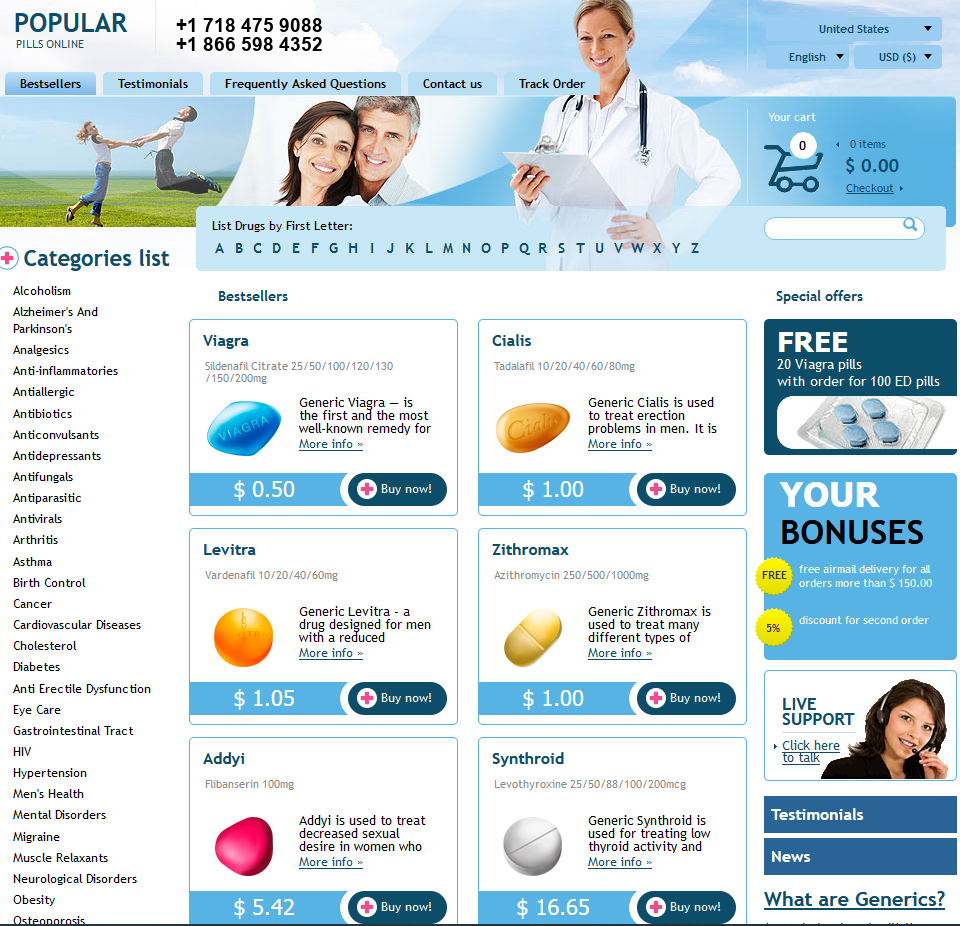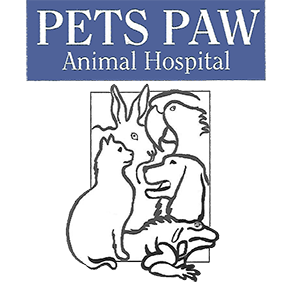Click HERE To Buy Azithromycin Online ↓
 Azithromycin Resistance: Causes and Prevention Tips
Azithromycin Resistance: Causes and Prevention Tips
Understanding How Azithromycin Fights Bacterial Infections
Azithromycin belongs to the macrolide class of antibiotics, making it a powerful weapon against a wide range of bacterial infections. By binding to the bacterial ribosome, it blocks the formation of vital proteins needed for bacteria to grow and multiply.
Thanks to this targeted action, the drug can quickly reduce symptoms and speed up recovery in respiratory tract, skin, and certain sexually transmitted infections. Its ability to concentrate in infected tissues further boosts its effectiveness.
However, the very mechanism that makes azithromycin so effective is also at risk from misuse, emphasizing the need for careful prescription and usage.
| Key Point | Description |
|---|---|
| Mode of Action | Blocks protein synthesis in bacteria |
| Primary Uses | Treats respiratory, skin, and some STIs |
| Unique Feature | Concentrates in infected tissues |
The Rapid Rise of Azithromycin Resistance Worldwide

Across continents, clinics and hospitals are reporting an alarming increase in infections that no longer respond to azithromycin, a medication once celebrated for its efficacy. Once treatable conditions like certain respiratory tract and sexually transmitted infections are becoming harder to manage. This growing resistance is not confined to a single region or country—it is a global phenomenon affecting both high- and low-income areas.
Scientists point to a combination of factors driving this trend, including increased prescribing rates and the widespread availability of the antibiotic without a prescription. As resistant bacteria spread between individuals and communities, the effectiveness of azithromycin and other antibiotics faces a significant threat.
Misuse and Overuse: Fueling the Resistance Crisis
Picture this: a patient requests antibiotics for a mild cold, convinced that azithromycin is the cure for every sniffle. Such scenarios are unfolding across the globe, unintentionally amplifying the resistance crisis. When azithromycin is prescribed unnecessarily—or taken without medical supervision—bacteria are exposed to the drug in ways that help them adapt and survive.
Over time, this improper exposure acts as a training camp for bacteria, allowing resistant strains to emerge and spread. The situation worsens as people share leftover antibiotics or demand quick fixes for non-bacterial illnesses, leading to excessive use. Each inappropriate dose chips away at azithromycin’s effectiveness. In the end, what was once a powerful treatment becomes weaker, leaving communities more vulnerable to untreatable infections and lost medical advances.
Role of Self-medication and Incomplete Treatment

Imagine reaching for azithromycin as a quick fix at the slightest sign of a sore throat or cough. Many individuals turn to this antibiotic without medical supervision, either using leftover prescriptions or obtaining it without a proper diagnosis. While it might provide temporary relief, this practice can lead to unintended consequences.
When azithromycin is not taken at the correct dose or duration, bacteria may only be partially eliminated. The surviving bacteria adapt, becoming stronger and more resistant to future treatments. These resistant strains can then spread within communities, making infections harder to treat for everyone.
Skipping doses or stopping treatment early creates a perfect breeding ground for resistance. It’s tempting to discontinue antibiotics once symptoms improve, but this habit undermines the effectiveness of essential medications.
Following prescribed guidelines not only protects individual health but also plays a vital role in maintaining the value of azithromycin for society as a whole.
Steps for Safe and Responsible Antibiotic Use
Proper use of azithromycin begins with always following your doctor’s instructions exactly—never skip doses or stop early, even if you feel better. Completing the full course is crucial, as bacteria can survive and become resistant when treatments are cut short.
It’s equally important not to share leftover antibiotics or use azithromycin for illnesses it does not treat, like viral infections. Taking antibiotics without medical guidance increases the risk of side effects and contributes significantly to resistance.
To stay informed, consider the main principles below:
| Key Practice | Why It Matters |
|---|---|
| Complete Prescribed Course | Prevents surviving bacteria from developing resistance |
| Take as Directed | Maximizes effectiveness and reduces side effects |
| Avoid Self-Medication | Limits unnecessary exposure and preserves antibiotic power |
Collaborative Efforts: Healthcare and Public Awareness
Tackling antibiotic resistance isn’t just a job for doctors; it’s a community responsibility. Healthcare providers, pharmacists, and laboratories must work together to monitor resistant infections and share crucial data. Meanwhile, public education campaigns inform people about the dangers of improper antibiotic use. Schools, workplaces, and media can spread awareness, empowering individuals to ask questions and follow medical advice. When professionals and the public unite, we create a stronger front against resistance and preserve effective treatments for future generations.

